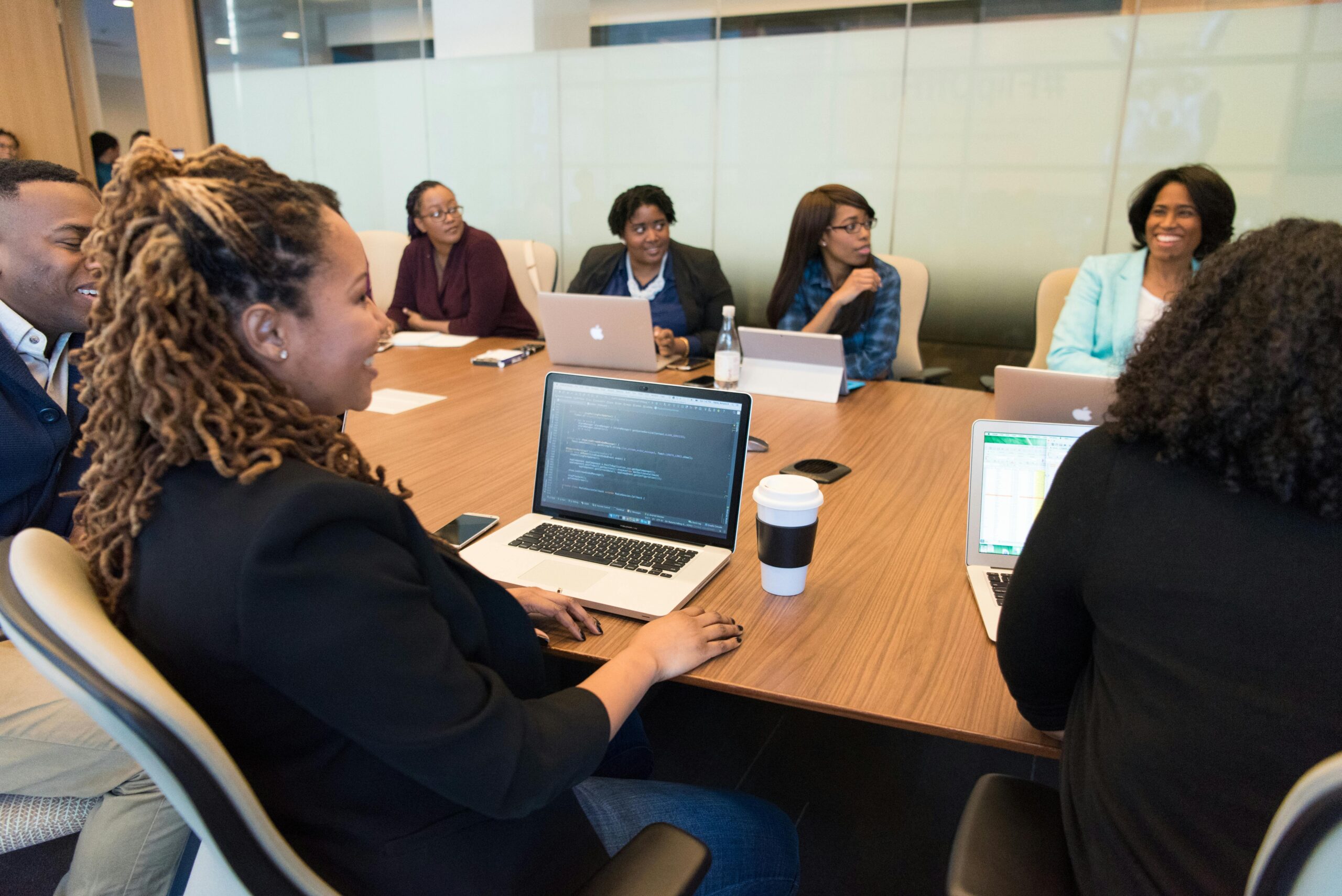Being in a workplace that spans from Baby Boomers to Gen Z can feel like entering a multiverse. Figuring out how to be heard, respected, and successful in a space where everyone’s expectations, age, and communication styles are wildly different is hard. In addition, although all these generations are all showing up to do the same type of work, their methods aren’t always the same.
For Black women especially, navigating the workplace has sometimes meant automatic code-switching, breaking barriers, and advocating for themselves. With four different generations in the mix, it’s no surprise that tension, misunderstanding, and missed opportunities can arise. But when you learn to understand generational dynamics at work, you can move smarter, lead better, and thrive with more ease.
What Are the 5 Generations in the Workplace?
Companies employ lots of people from different backgrounds, including different generations.
- Baby Boomers (1946–1964): Often in senior roles, value loyalty, structure, and in-person communication.
- Gen X (1965–1980): Independent, resourceful, and often skeptical of top-down management.
- Millennials (1981–1996): Digital natives who love flexibility, feedback, and meaningful work.
- Gen Z (1997–2012): Tech-savvy, socially conscious, and all about work-life boundaries and authenticity.
Each of these generations came of age in different social and economic climates, which shapes how they show up at work. However, that doesn’t mean you have to fit yourself into a stereotype. Instead, understanding where folks are coming from helps you manage.
Why Is It Tricky Working With People From Different Generations?
Generational differences impact how people communicate, how they build relationships, and how they show up at work. Different world events, technologies, and social norms have shaped each generation. For example, Baby Boomers often experienced a more traditional work structure that valued loyalty and long-term commitment to a single company. Gen X, on the other hand, may have learned to adapt on their own and operate independently and cautiously at work. Change has defined many millennials, who came of age during economic downturns and digital revolutions. This probably shaped their desire for flexibility and meaningful work. Finally, Gen Z is redefining what it means to show up at work entirely. They’re setting boundaries, demanding inclusion, and expecting emotional intelligence from leadership.
Recognizing these differences helps you build stronger, more inclusive, and more effective relationships on the job. Understanding where someone is coming from generationally can prevent miscommunication, make collaboration smoother, and lead to better outcomes for your work.
How Does Generational Diversity Affect the Workplace?
Generational diversity can affect the workplace for better or for worse. The unhealthy end is that different generations may experience conflict with others due to differences in work style.
At the same time, diversity across age groups can be a super power in the workplace. Specifically, mentorship across generations is so powerful. You can learn just as much from someone younger as you can from someone older. Being open to learning something new from another generation adds value to the workplace.
What Is an Example of Generational Conflict in the Workplace?
Generational misunderstandings can be exhausting. Examples of this in the workplace may be a Baby Boomer expecting you to work longer than your 8 hour shift. You, a Gen Z on the other hand, may value work-life balance and be ready to clock out.
Additionally, you might suggest a new workflow and hear, “This is how we’ve always done it.” Or, maybe you ask for feedback and get told to “just keep doing what you’re doing.” On the other hand, if you’re a Millennial managing a Gen Z employee, their desire for instant feedback or boundary-setting around work hours might come off as entitled; even if it’s just a different approach.
These challenges aren’t about personality flaws. They’re shaped by what each generation was taught to value in the workplace. If you can approach these differences with curiosity instead of judgment, you’ll have an easier time moving through conflict and building mutual respect.
How To Deal With Generational Differences in the Workplace?
Effectively dealing with generational differences in the workplace first starts with empathy. Ask yourself what someone’s approach to work might reveal about their past experiences or values. A Gen X coworker who prefers working independently may not be standoffish. Instead, they just grew up in a corporate culture that rewarded self-reliance. A Gen Z direct report who’s outspoken about mental health isn’t being dramatic; they’re setting a precedent for healthier work boundaries.
Additionally, having open conversations about communication styles, feedback preferences, and collaboration can make a big difference. It can be a formal meeting or casually checking in. When you’re able to adjust your communication style or workflow depending on the situation, you gain more influence and control.
